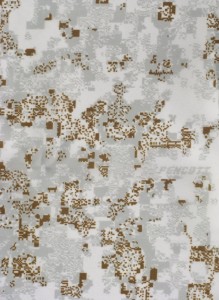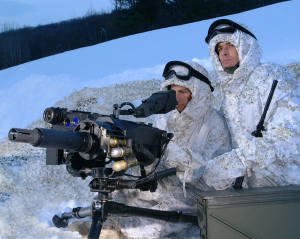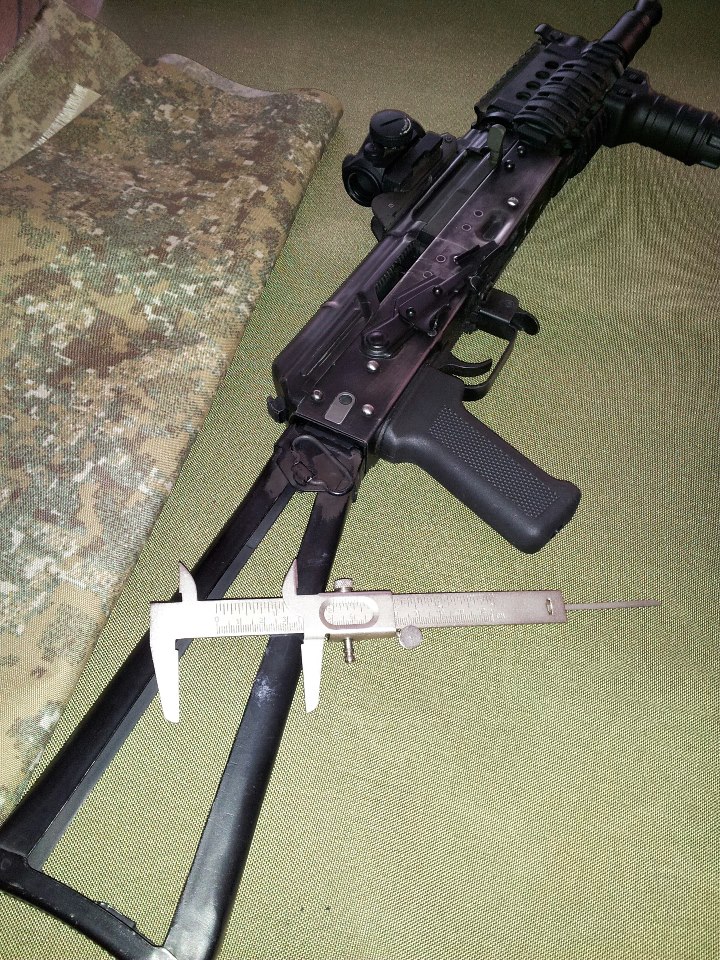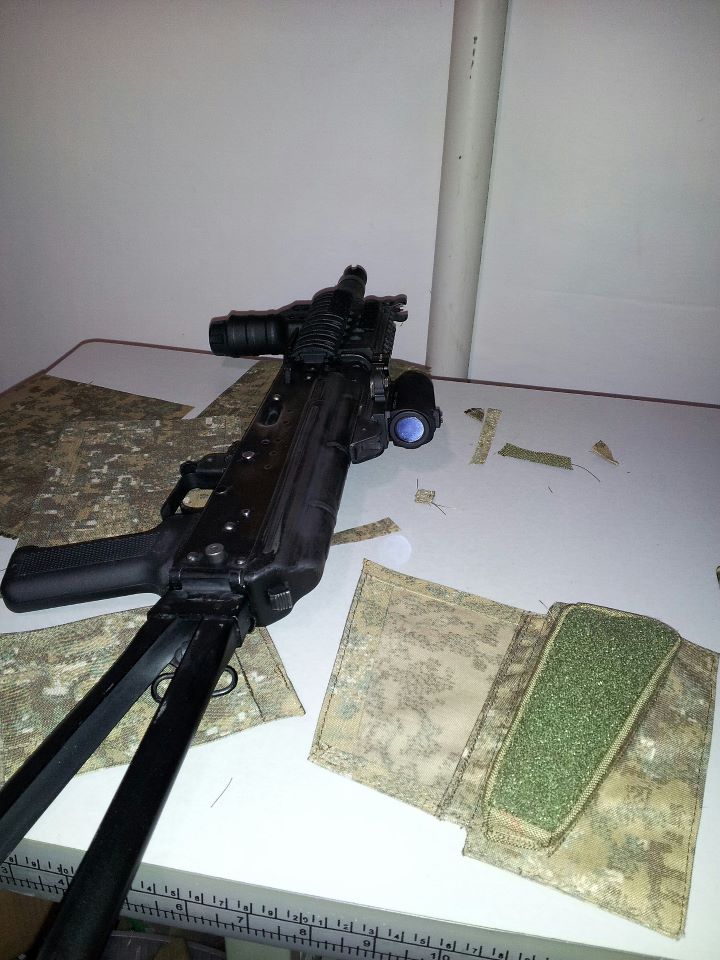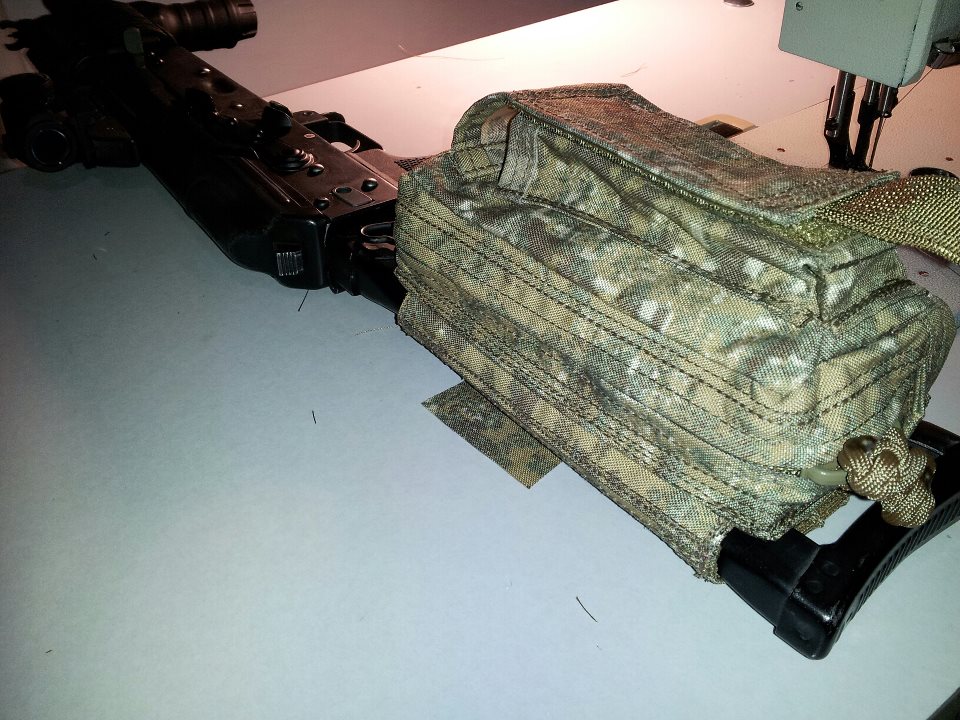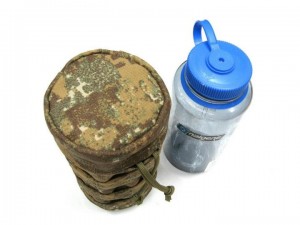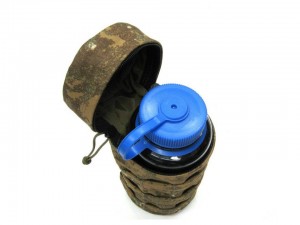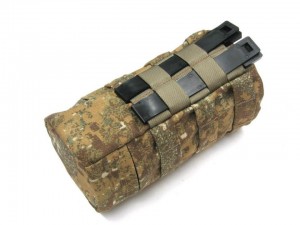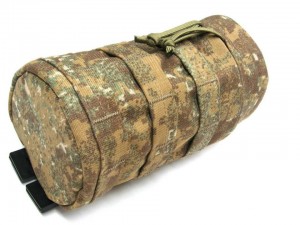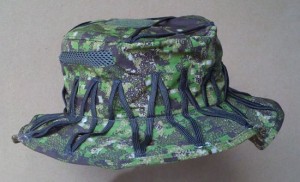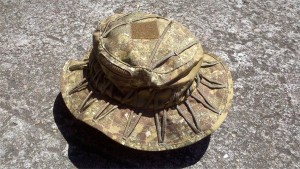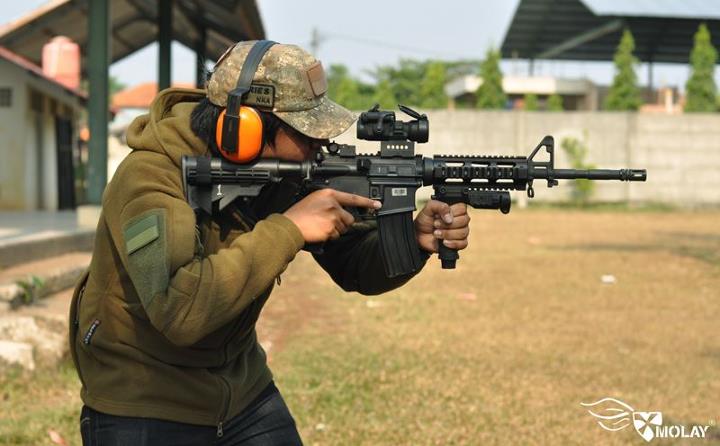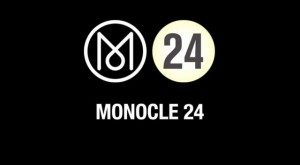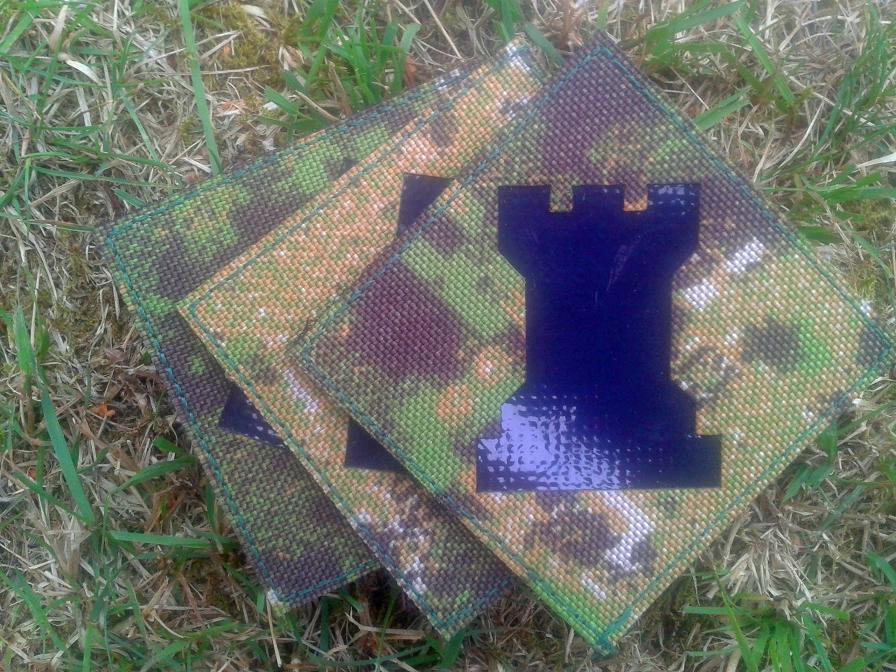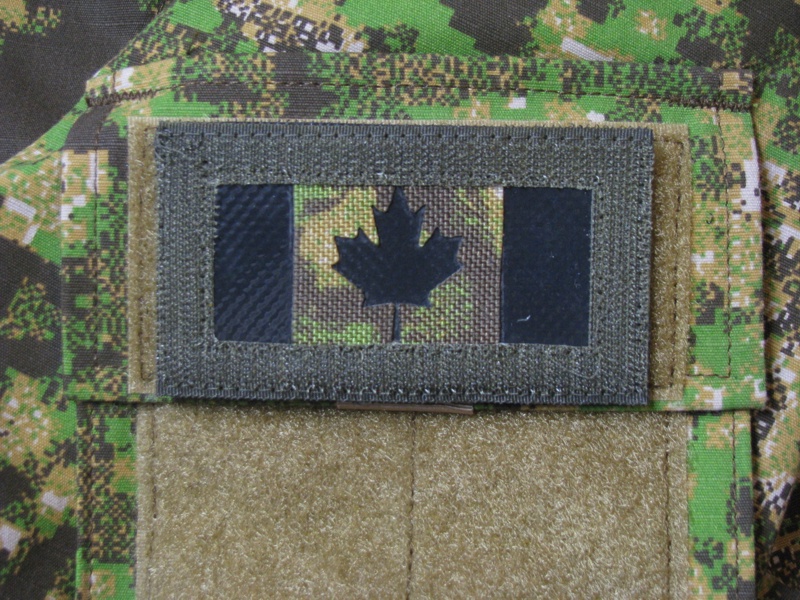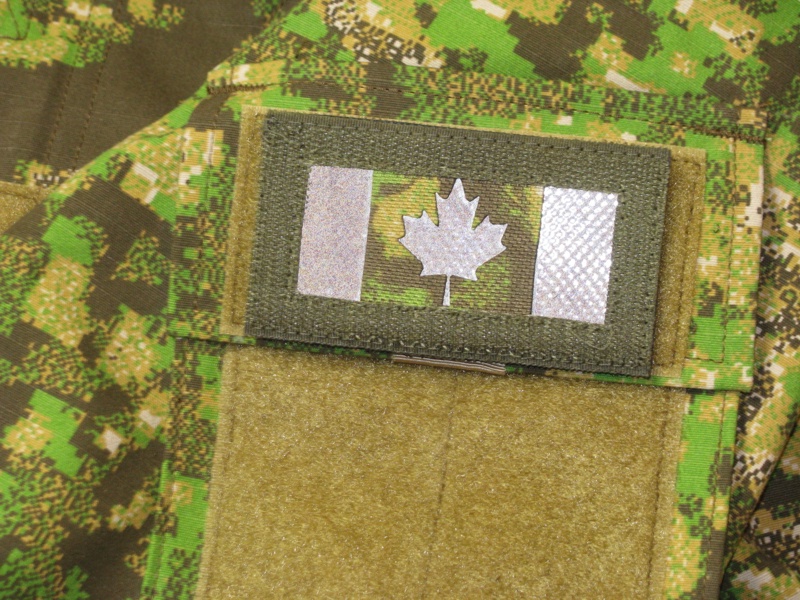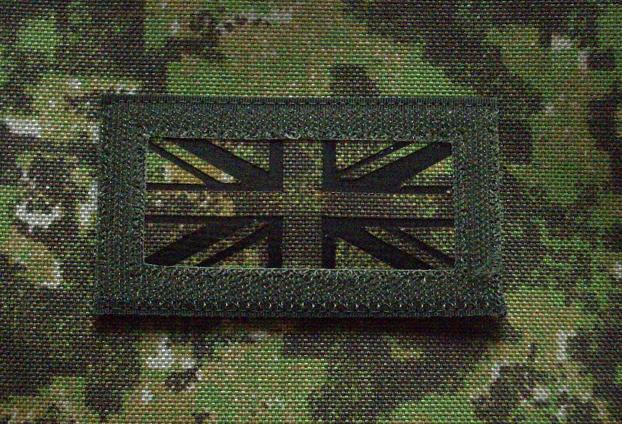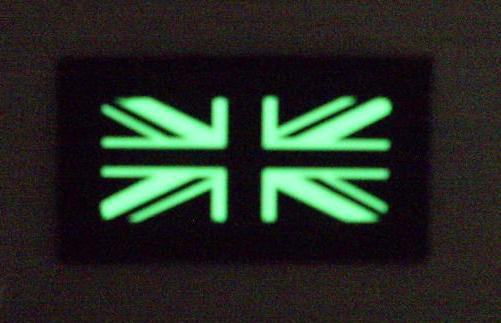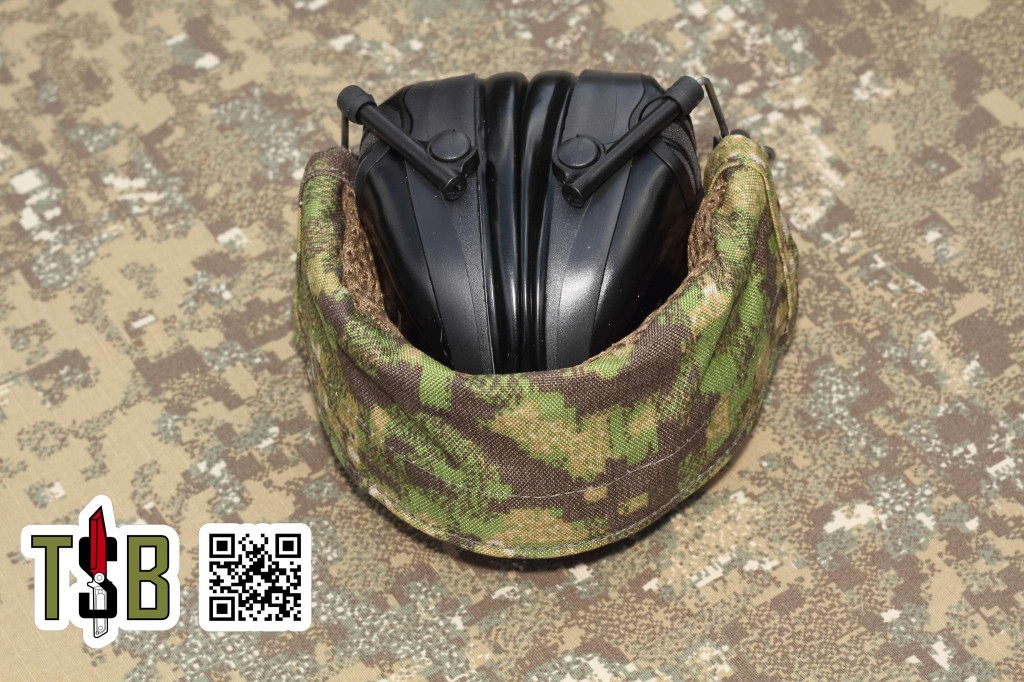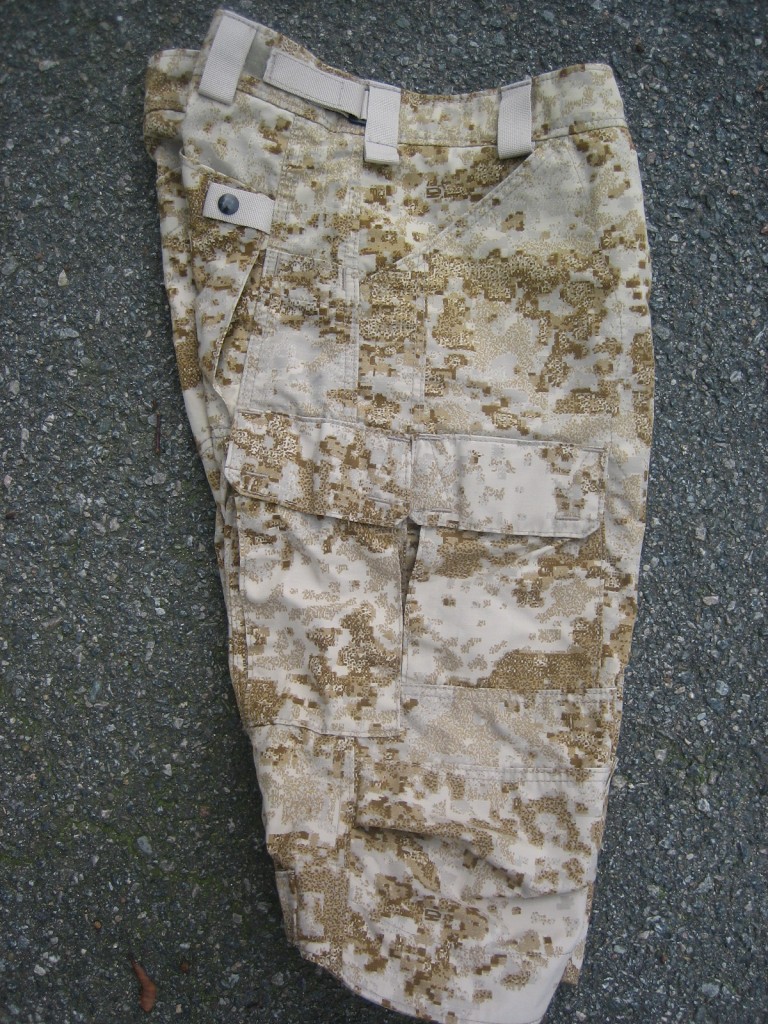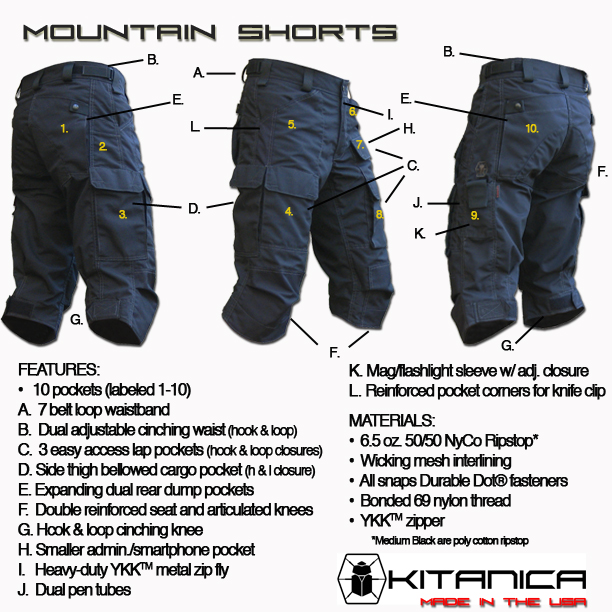All of the recent chatter about the US Army’s camouflage problems seems to have kicked off some discussion in Singapore about the Singapore Armed Forces introduction of a family of pixelated camouflage patterns. The most recent article appeared in The New Paper on Monday of this week.
The New Paper is Singapore’s second largest English-language newspaper (online and offline) and they contacted our Marketing Director, Lawrence, for some help in putting a piece together.
Unfortunately, the article is somewhat marred by repeating the misinformation that the US Army is ditching its current pixelated camouflage uniform for a non-digital design – in fact, only one pattern family in the short-listed candidates for the US Army’s next generation camouflage pattern is not digital, and the Army has not yet made any decision about a new camouflage pattern or patterns.
What the paper wanted from us was a quick and easy layman’s answer to the question of how is camouflage designed. They also asked for some info about patterns (historical-to-modern) that have influenced a lot of other designs. The latter part didn’t make the editorial review apparently though, so we’ve included it here:
A few patterns have had a tremendous amount of influence on the choice of camouflage pattern used by other countries:
- WWII German “oakleaf” – Used primarily by the Waffen-SS, the reversible “oakleaf” pattern was nonetheless a very effective camouflage pattern and has had some lasting influence on camouflage design since the war. Becuase of the notoriety of the Waffen-SS however, patterns based on this design have often been politically sensitive or controversial.
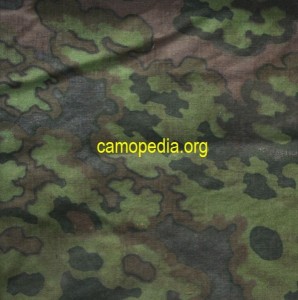
- WWII British “brush-stroke” – First used on the famous Denison smock worn by British paratroopers, this camouflage pattern has influenced the design of numerous patterns since the war. DPM, a derivative of the original brush-stroke pattern, remained the standard camouflage of the British military for more than 40 years.
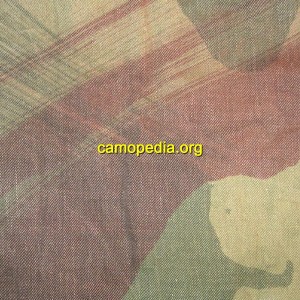 French “lizard” pattern – Initially employed by French paratroopers in the Algerian and Indo-China conflicts of the 1950′s, “lizard” pattern inspired the famous Vietnamese “tiger stripe” camouflage and has been copied or used by many countries across Europe, South America, South-East Asia and Africa.
French “lizard” pattern – Initially employed by French paratroopers in the Algerian and Indo-China conflicts of the 1950′s, “lizard” pattern inspired the famous Vietnamese “tiger stripe” camouflage and has been copied or used by many countries across Europe, South America, South-East Asia and Africa.
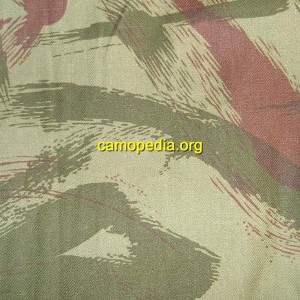
- US “jungle leaf” and “woodland” – Originally developed by the US Army’s Engineering Research and Development Laboratory (ERDL) in the late 1940′s, the pattern wasn’t issued until the late 1960′s during the Vietnam War. The pattern was later revised in the early 1980′s and issued as “Woodland” camouflage on the new Battle Dress Uniform then entering service. The original “jungle’ pattern and the later “woodland” pattern probably hold the record of being the most widely copied camouflage patterns in history.
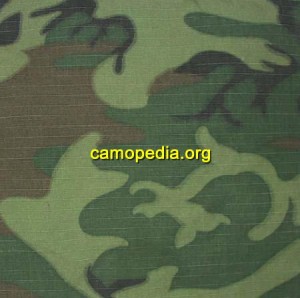
- “CADPAT” – CAnadian Disruptive PATtern camouflage started the digital pixelated camouflage revolution of the 21st century and has become one of the most widely copied and imitated camouflage pattern in the history of military uniforms - including the current camouflage patterns used by the US Army, US Marine Corps and US Navy.
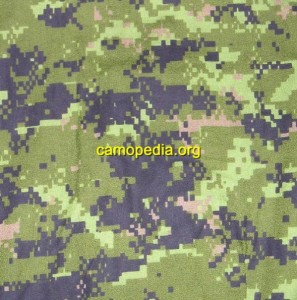
- “MultiCam” – Developed by Crye Precision for a US Army research programme, MultiCam has gone on to achieve tremendous commercial success through use by US and allied special operations forces, and was also adopted as the standard camouflage for all US Army forces in Afghanistan as of 2010.
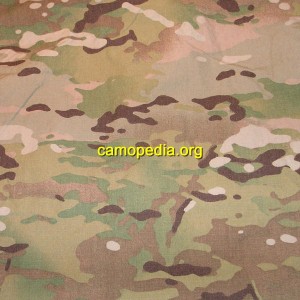
Click on the image below to view a PDF of the published article.
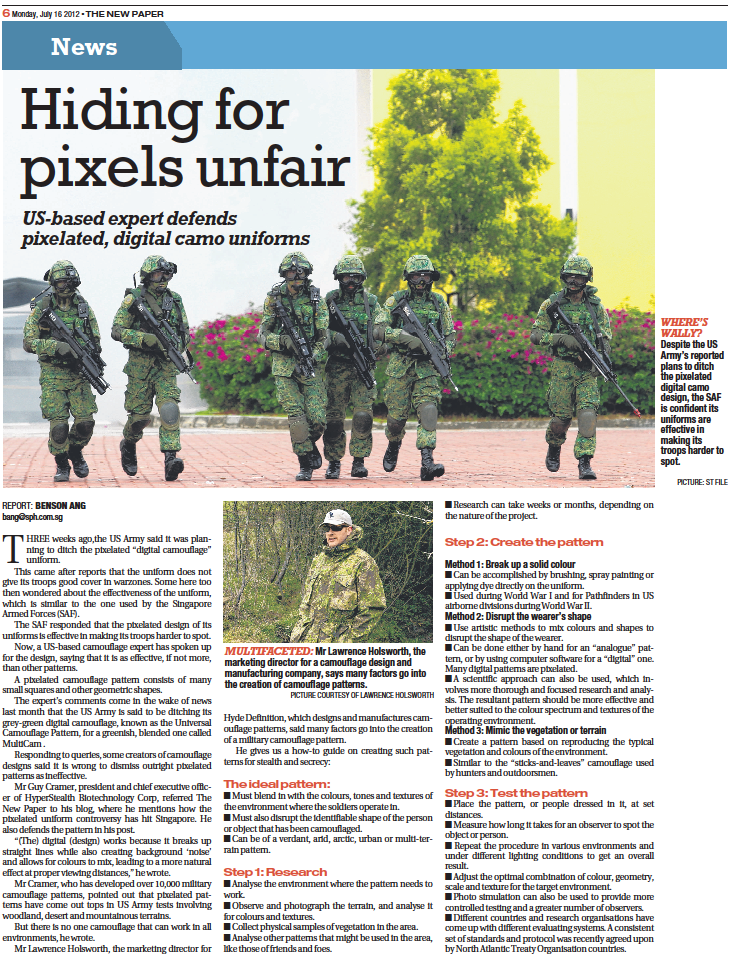
Camouflage pattern images courtesy of Camopedia: The Camouflage Encyclopedia.

